Kolk from Dussen
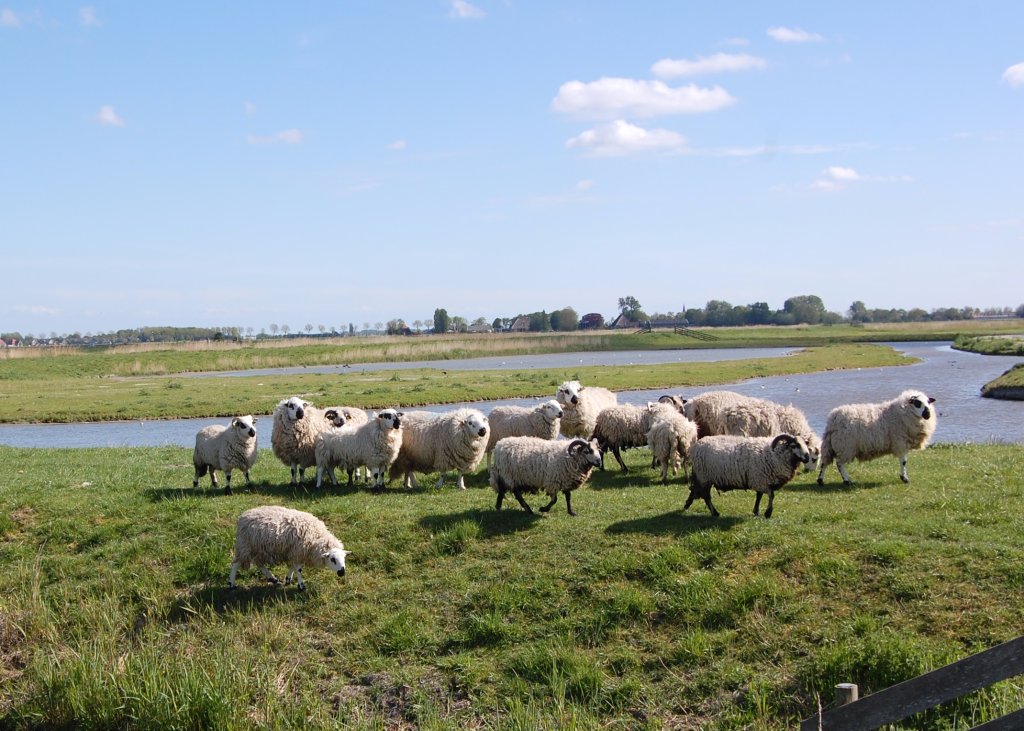
In 2008, the ecological and hydrological consulting firm Ten Haaf & Bakker was commissioned by the water board to turn the old Dussen Kolk polder into a water storage area. In times of flooding, the high water board can choose to drain the abundant water here and flood the land in a controlled manner. The capacity of the Kolk van Dussen is 60,000 cubic meters.
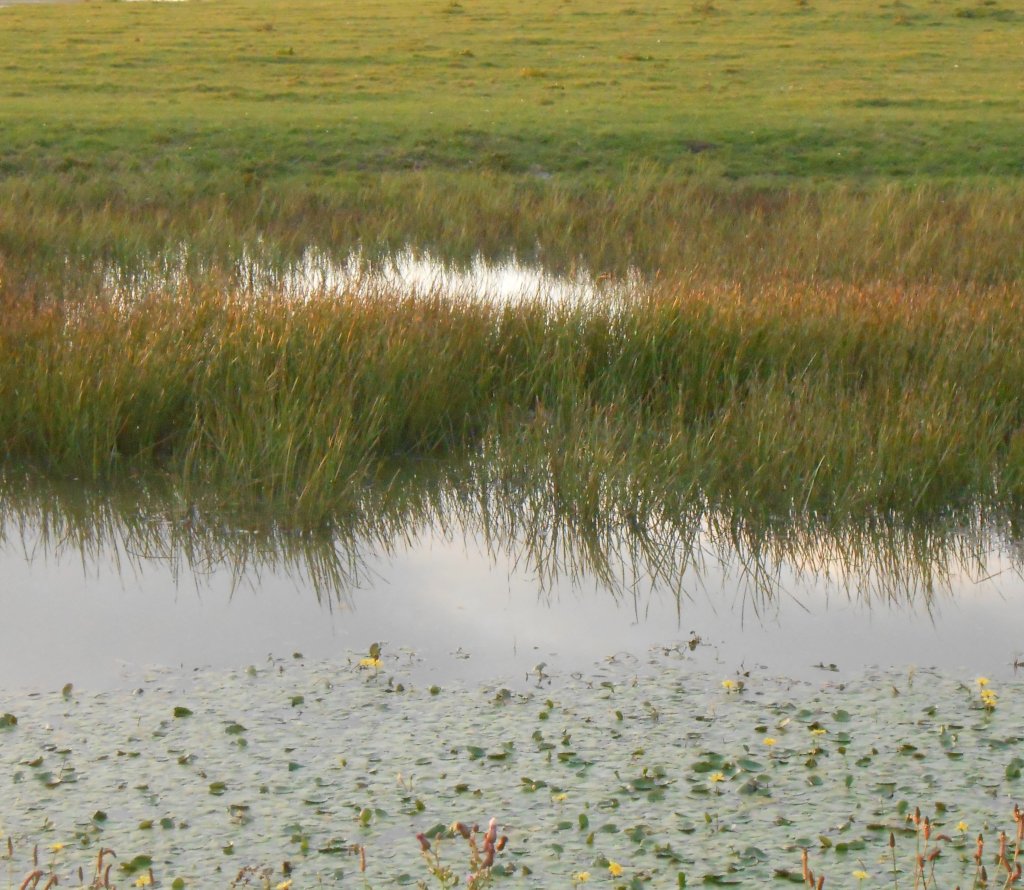
The land has been excavated half a meter for possible flooding. Gullies and damp grassland alternate. With this layout the aim was to return to the appearance of the West Frisian coastal region in the period before the Omringdijk. The water also had to give nature a boost, and they succeeded. All kinds of birds, such as the avocet and lesser plover, know how to find the kolk and breed in the shallow water.
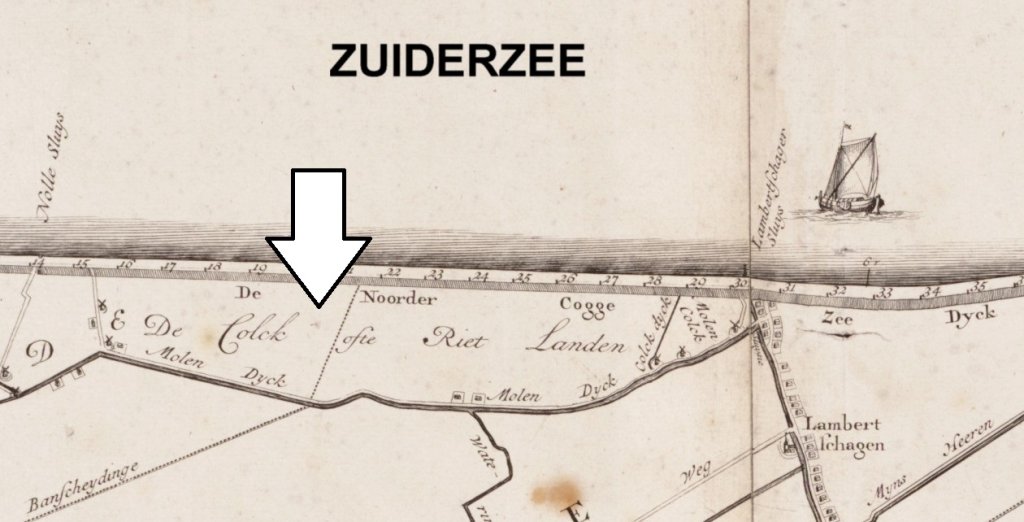
The former polder the Kolk of Dussen was founded by Eduard Jacot of Axele, Lord of Dussen (1585-1656), and dates from 1641. Until that year, the area was a water storage, rich in reeds, as it is today. People bailed there when the sea locks in the Omringdijk could not be discharged. The then water board the Vier Noorder Koggen was therefore not so enthusiastic about Van Dussen's plan. However, he was not the least of these: he sat on several polder boards and had been involved in the impoldering of the Schermer (1633-1635).
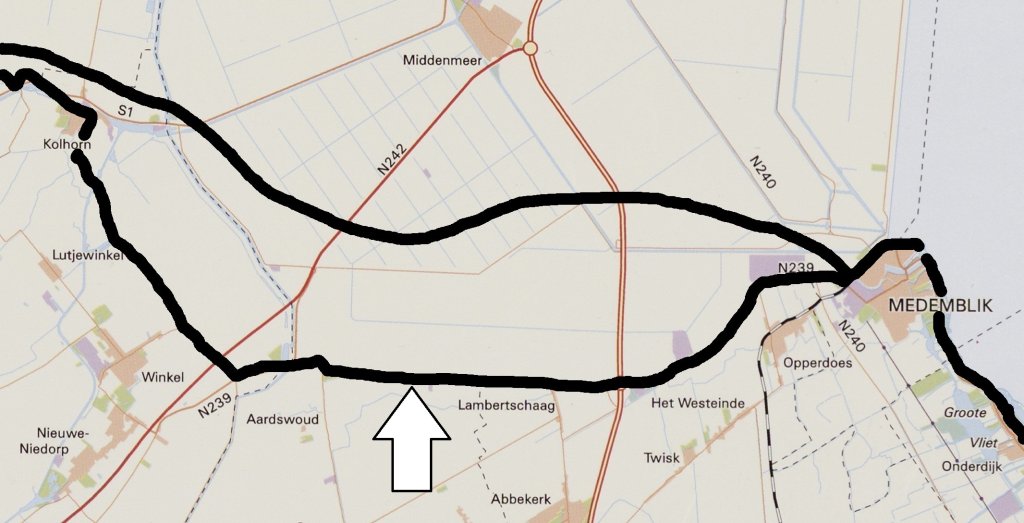
The water storage that Van Dussen put an end to was probably caused by work on the Omringdijk. This was originally located a few kilometers to the north in today's Wieringermeer. In 1334, this dike was so badly damaged by a storm surge that a new one was built inland at its present location. At that time, where there was a dike, people preferred to get the soil from there. This may have created a reed bed that could be used as water storage (arrow on the Map ). The upper black line shows the route up to 1334, the lower the route that has remained intact since then.
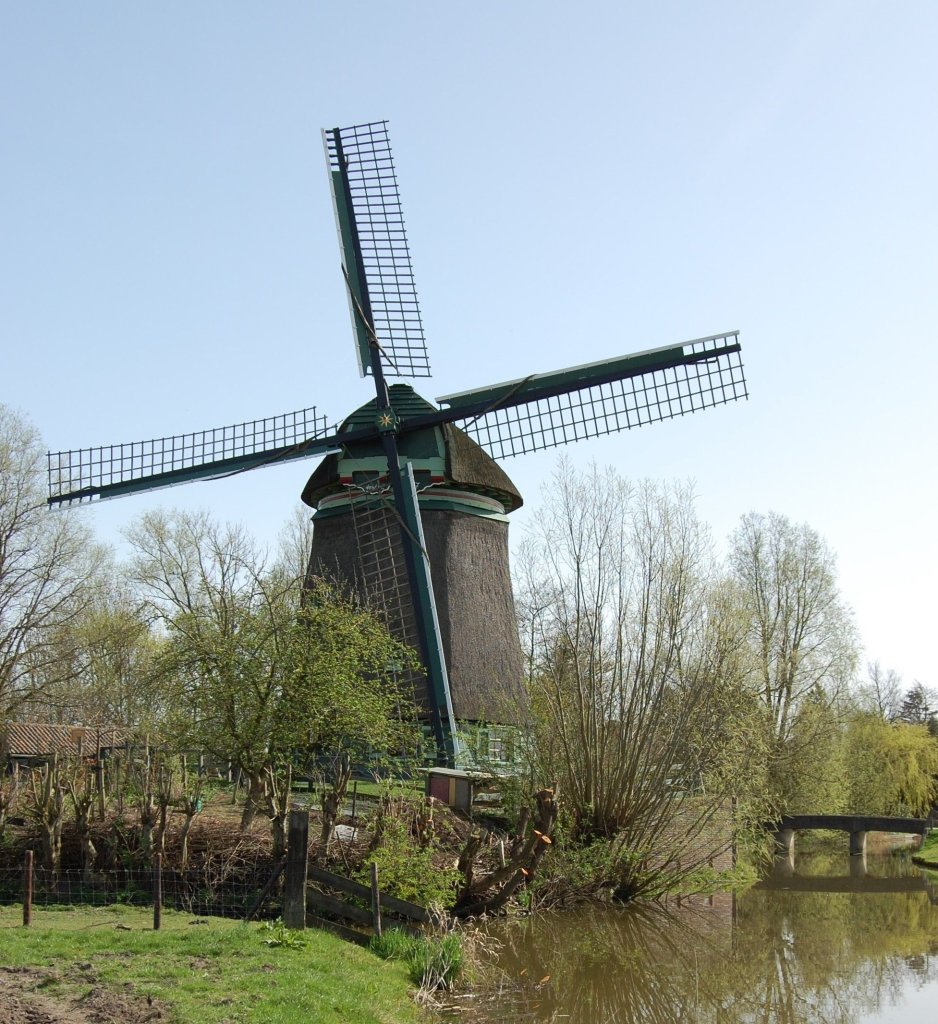
West of the Kolk of Dussen, near Aartswoud, a mill stands hidden among the greenery. It and a few others milled the water up to a sluice in the Omringdijk until 1907.
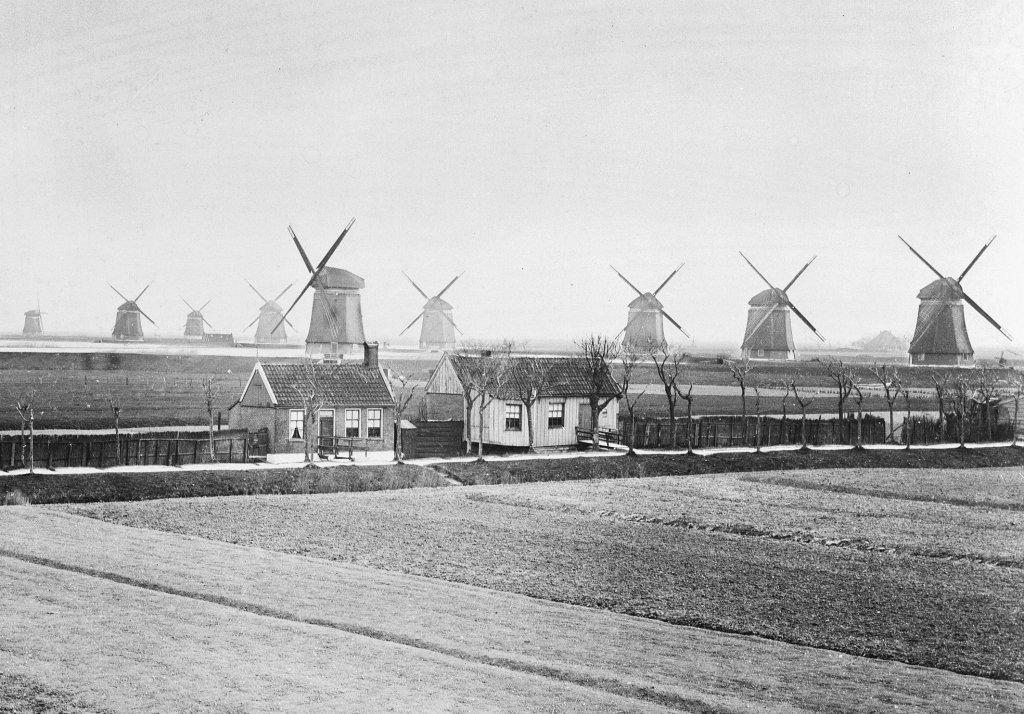
The mill at Aartswoud was one of 24 used by the water board the Vier Noorder Koggen to beat out water from its polders toward the sea. They stood in "teams" near the Omringdijk. Near Medemblik there were as many as fifteen.
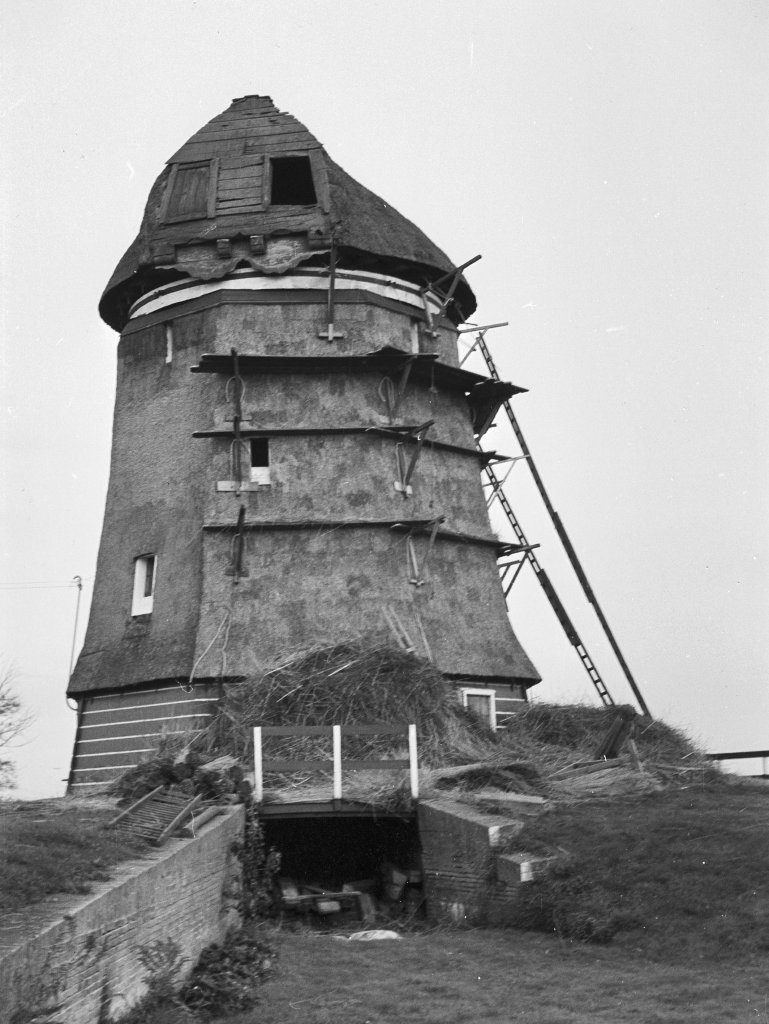
Since 1868, the water board had had a steam pumping station at Medemblik. The mills remained in operation, which was no surprise. Once a miller and his mill cost less than the coal of a full-time working steam engine. In 1907 the pumping station was reinforced. The water board said goodbye to the mills. All 24 were demolished except this one near Aartswoud, which was dismantled and turned into a residence. Restorations enabled it to turn and grind again.